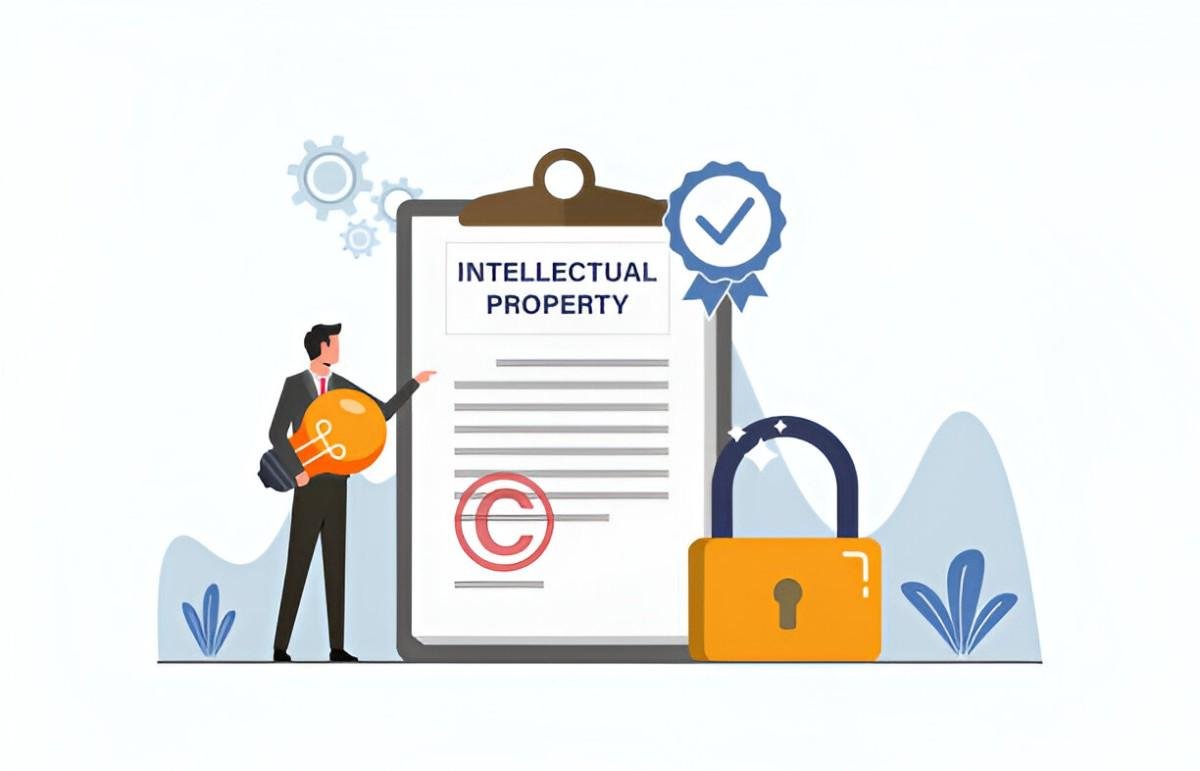Intellectual property (IP) refers to intangible creations of the mind, such as inventions, artistic works, designs, symbols, names, and images, which are protected by law. It encompasses a wide range of assets that are valuable to individuals and businesses, providing them with exclusive rights to use and exploit their creations for a specified period. Understanding intellectual property is crucial for protecting innovation and creativity in various fields.
Table of Contents
What is Intellectual Property?
Intellectual property refers to creations of the human intellect that are recognized and protected by law. These creations can take various forms, including inventions, literary and artistic works, trademarks, designs, and trade secrets. Intellectual property rights grant creators and owners exclusive rights to use, reproduce, and commercialize their creations, providing them with incentives to invest in innovation and creativity.
Key Points:
- Intangible Creations: Intellectual property encompasses intangible creations of the mind, such as inventions, artistic works, and designs, which have value and can be protected by law.
- Exclusive Rights: Intellectual property rights grant creators and owners exclusive rights to use and exploit their creations, preventing others from using or copying them without permission.
- Legal Protection: Intellectual property is protected by various legal mechanisms, including patents, copyrights, trademarks, and trade secrets, which provide creators with enforceable rights and remedies against infringement.
Types of Intellectual Property
- Patents: Patents protect inventions and discoveries, granting the inventor exclusive rights to make, use, and sell the invention for a limited period, typically 20 years from the filing date.
- Copyrights: Copyrights protect original literary, artistic, and creative works, such as books, music, films, and software, granting the creator exclusive rights to reproduce, distribute, and display the work for a specified period, typically the creator’s lifetime plus 70 years.
- Trademarks: Trademarks protect symbols, names, logos, and slogans used to identify and distinguish goods and services in the marketplace, providing the owner with exclusive rights to use the mark and prevent others from using similar marks that may cause confusion.
- Trade Secrets: Trade secrets protect confidential and proprietary information, such as formulas, processes, and customer lists, which provide a competitive advantage to businesses. Unlike patents or copyrights, trade secrets are protected indefinitely as long as they remain secret.
Importance of Intellectual Property
Encourages Innovation: Intellectual property rights incentivize innovation and creativity by rewarding creators and inventors with exclusive rights to profit from their inventions and creations.
Fosters Economic Growth: Intellectual property fosters economic growth by promoting investment in research and development, driving entrepreneurship, and stimulating competition and market dynamics.
Protects Consumers: Intellectual property protection ensures that consumers can trust the quality and authenticity of products and services bearing trademarks, copyrights, and patents, enhancing consumer confidence and welfare.
Example of Intellectual Property
A well-known example of intellectual property is the Coca-Cola formula, which is a closely guarded trade secret. The Coca-Cola Company has kept the formula for its signature soft drink a secret for over a century, allowing it to maintain a competitive advantage in the beverage industry. The formula is not patented or publicly disclosed, and only a select few individuals within the company have access to it. Despite attempts by competitors to replicate the formula, Coca-Cola has successfully protected its trade secret, maintaining its market dominance and brand value.
Challenges and Considerations
Enforcement: Enforcing intellectual property rights can be challenging, especially in the digital age, where piracy, counterfeiting, and infringement are widespread across global markets.
Complexity: Intellectual property laws and regulations vary by jurisdiction and can be complex, requiring expertise and legal counsel to navigate effectively, especially for businesses operating internationally.
Balancing Interests: Balancing the interests of creators, rights holders, consumers, and society at large is essential in shaping intellectual property policies and regulations that promote innovation while safeguarding public interests and access to knowledge and culture.
Conclusion
Intellectual property encompasses intangible creations of the mind, such as inventions, artistic works, and trademarks, which are protected by law. Intellectual property rights grant creators and owners exclusive rights to use and exploit their creations, incentivizing innovation and creativity and fostering economic growth and development. Understanding the types, importance, and challenges of intellectual property is essential for individuals and businesses seeking to protect and leverage their innovations and creations in today’s knowledge-based economy.





